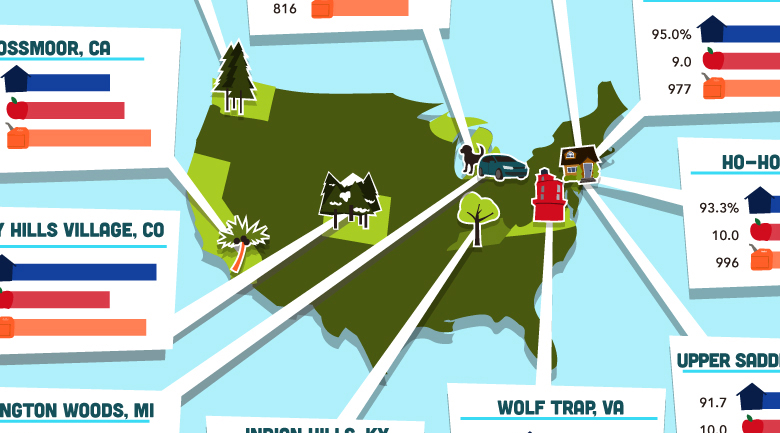
Real estate investment purchases on the decline
According to National Association of Realtors’ 2014 Investment an Vacation Home Buyers Survey, investment purchases fell below the elevated levels seen in the previous two years. The survey covers existing- and new-home transactions in 2013, revealing that vacation-home sales rose 29.7 percent, while investment-home sales dropped 8.5 percent, and owner-occupied purchases rose 13.1 percent.
![]()
NAR Chief Economist, Dr. Lawrence Yun expected an improvement in the vacation home market. “Growth in the equity markets has greatly benefited high net-worth households, thereby providing the wherewithal and confidence to purchase recreational property,” he said. “However, vacation-home sales are still about one-third below the peak activity seen in 2006.”
The pullback is understandable
Vacation-home sales accounted for 13 percent of all transactions last year, their highest market share since 2006, while the portion of investment sales fell to 20 percent in 2013 from 24 percent in 2012. Dr. Yun asserted that the pullback in investment activity is understandable. “Investment buyers slowed their purchasing in 2013 because prices were rising quickly along with a declining availability of discounted foreclosures over the course of the year.”
Dr. Yun added, “In 2011 and 2012, investment property was a no-brainer because home prices had sharply over corrected during the downturn in many areas, creating great bargains that could be quickly turned into profitable rentals. With a return to more normal market conditions, investors now have to evaluate their purchases more carefully and do their homework.”
Median prices continue to rise
The median investment-home price rose 13.0 percent to $130,000, and the median vacation-home price rose 12.5 percent to $168,700. Fully 46 percent of investment buyers paid cash, as did 38 percent of vacation-home buyers.
Vacation-home buyers put an average of 30 percent down, while investment buyers averaged 26 percent down. In 2013, 42 percent of vacation homes purchased were distressed homes, while 47 percent of investment homes were distressed.
Seven percent of homes purchased by investment buyers last year have already been resold, and another 10 percent are planned to be sold within a year. Overall, investment buyers plan to hold the property for a median of 5 years, down from 8 years in 2012.
Also, 38 percent of investment properties purchased last year were in the South, 25 percent in the West, 18 percent in the Northeast and 19 percent in the Midwest.
More than eight out of 10 second-home buyers, both for vacation and investment homes, said it was a good time to buy.
NAR’s analysis of U.S. Census Bureau data shows there are 8.0 million vacation homes and 43.7 million investment units in the U.S., compared with 74.7 million owner-occupied homes.
Tara Steele is the News Director at The American Genius, covering entrepreneur, real estate, technology news and everything in between. If you'd like to reach Tara with a question, comment, press release or hot news tip, simply click the link below.







































